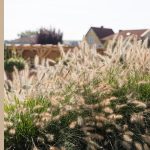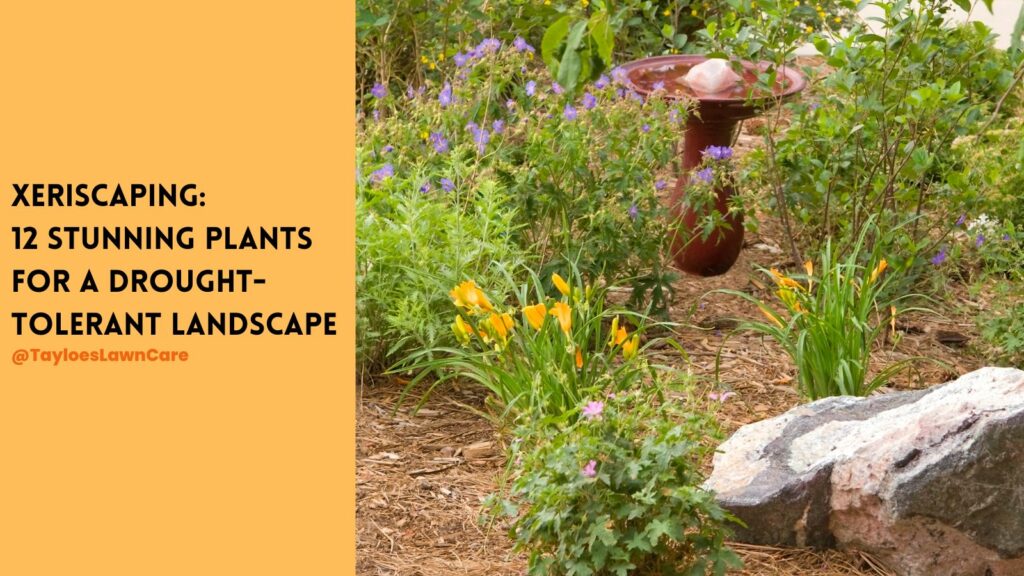Last Updated on: 30th October 2023, 03:50 pm
Japanese Beetles are voracious eaters that can cause tremendous damage to your lawn and garden.
The Japanese beetle is an invasive species that significantly threatens plants and lawns. These beetles feast on the leaves, flowers, and fruit of over 300 plant species, causing damage and potentially killing the affected plants.
They are also turfgrass pests, leading to the turf’s browning and death. Accidentally introduced into the United States in 1916, Japanese beetles have since spread throughout the eastern part of the country and are particularly prevalent.
It is crucial to effectively control Japanese beetles to protect plants, prevent damage, and maintain healthy gardens and landscapes.
By the end of this content, you will:
- Know how to identify Japanese beetles
- Understand the damage they cause to your lawn and garden
- Learn ways to manage the population.
Let’s dive into the world of this damaging insect.
Identification of Japanese Beetles
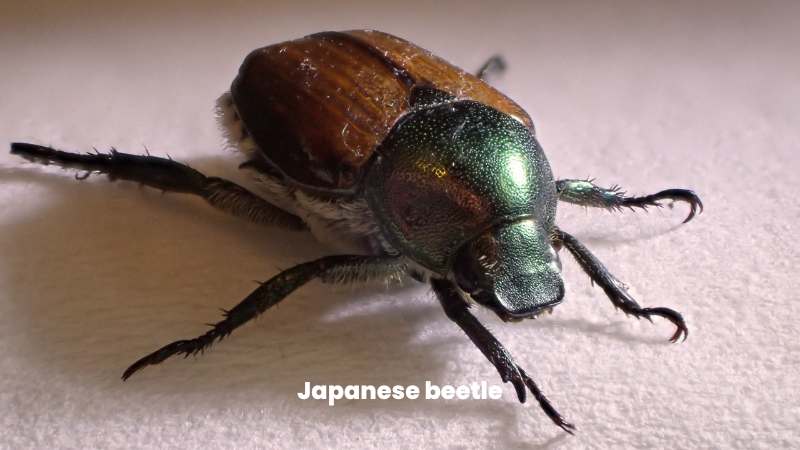
It is essential to be able to identify Japanese beetles to control them. Adult Japanese beetles are approximately 1/3 to 1/2 inch long and have a bright to dark metallic green head and thorax, copper-brown wing covers, and white patches of hair on the abdomen.
The larvae, also known as white grubs, are C-shaped and have a white to cream-colored body with a tan-colored head. Japanese beetles are severe pests of various plants, including flowers, trees, shrubs, fruits, vegetables, field crops, and turf. They skeletonize leaves by feeding on the tissue between the veins and leaves, causing them to turn brown and fall off.
One familiar example of the damage caused by Japanese beetles can be seen in rose bushes. These beetles are particularly attracted to roses and feed on the leaves, flowers, and petals. As a result, the leaves become skeletonized, with only the veins remaining intact. The flowers may also be wholly or partially destroyed, reducing the beauty of the plant. If left untreated, the beetles can severely weaken the rose bush and potentially kill it.
Damage Caused by the Japanese Beetle
Japanese beetles can cause a significant amount of damage to plants and lawns. While healthy and mature trees and shrubs can tolerate some Japanese beetle feeding, young or unhealthy plants may be stunted or killed.
Fruits, vegetables, and herbs can tolerate limited leaf feeding, but severe damage can affect plant growth and reduce yield. Additionally, Japanese beetle grubs feed on grass roots, leading to dead patches of grass that you can peel back.
It is essential to take action to control Japanese beetles to minimize the damage they cause.
Besides flowering plants, Japanese beetles are also very damaging to fruit trees. These beetles will feed on the leaves, flowers, and fruit of apple, peach, and pecan trees. That can result in reduced fruit production and poor fruit quality. The beetles can also introduce bacteria and fungi to the fruit, leading to rot and further damage. The tree may become weak. As a result, it usually becomes more susceptible to other pests and diseases – in the most severe cases.
Methods to Control Japanese Beetles
Several methods are available to control Japanese beetles, both chemical and non-chemical.
Non-chemical control options include handpicking the beetles and removing them from plants or using traps to manage their population. Handpicking can be effective, especially in small gardens or for a limited number of beetles. However, it requires regular monitoring and can be time-consuming. Not to mention that it’s also a little bit gross.
Traps can be handy for large yards, as they attract and catch adult beetles, reducing their numbers around desirable plants. However, using traps strategically is essential to avoid attracting more beetles to the yard.
Insecticides can also control adult Japanese beetles. But following the instructions and taking precautions is vital to avoid harming beneficial insects and the environment.
Additionally, managing white grubs in the ground can help protect lawns from damage caused by Japanese beetle larvae. Grubs also attract moles, who feed on them. That only worsens your issues.
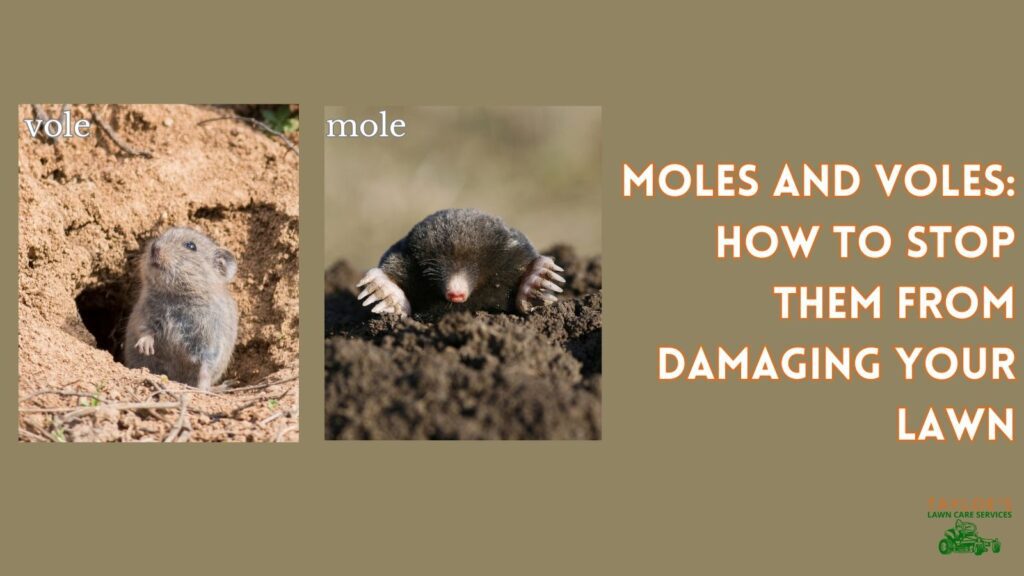
Integrated pest management strategies that combine different control methods can effectively manage Japanese beetles while minimizing the reliance on chemical control.
One example of a non-chemical control method is floating row covers. These covers are placed over plants to prevent the beetles from reaching them. This method is particularly effective for protecting individual plants or small garden beds.
A final remedy is insecticidal soap, made from natural ingredients and safe for plants. The soap suffocates the beetles. Although it’s effective, this can also be more time-consuming. That’s because you need to apply the product directly to the affected plants.
A Little More About Japanese Beetle Traps
Japanese beetle traps are a commonly used method to control adult beetles. These traps use a combination of floral and pheromone lures to attract the beetles, which then become trapped inside the device.
They can be particularly effective for large yards, where you can draw the insects away from desirable plants.
While traps can catch many beetles, they can also attract more beetles to the yard, potentially increasing their population. Therefore, spot the traps away from desirable plants and use them as part of an integrated pest management approach.
Natural Remedies for Japanese Beetles
In addition to chemical and non-chemical control options, natural remedies can help control Japanese beetles. Neem oil, an organic insecticide, and fungicide, can effectively control adult beetles and other pests. (It’s also great on roses to prevent diseases.)
Milky spores and beneficial nematodes are natural organisms that can control Japanese beetle larvae in the soil. Planting less attractive plants can also help reduce beetle populations and minimize damage to desirable plants.
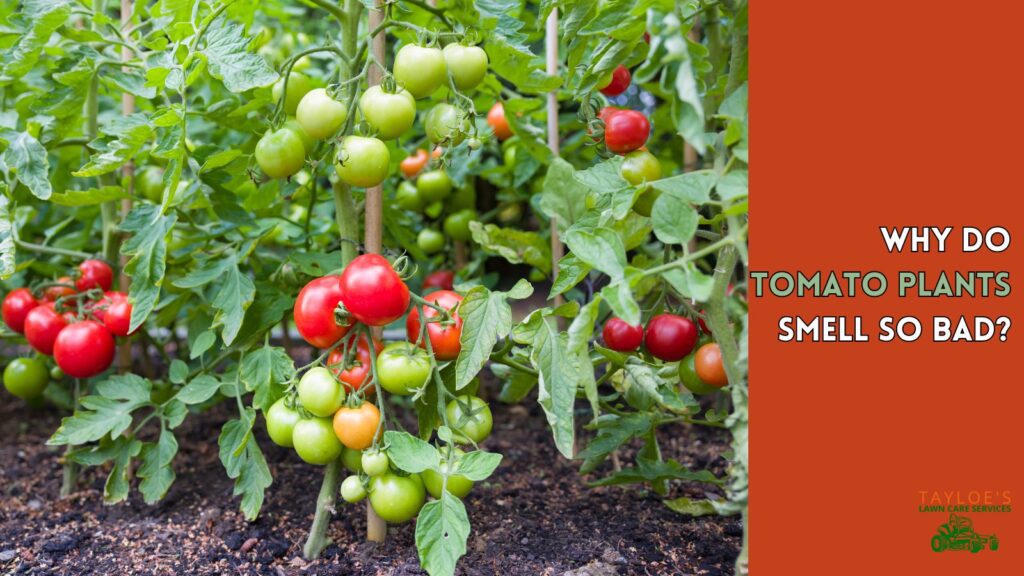
Final Thoughts on Learning How to Control a Japanese Beetle Infestation
Controlling Japanese beetles is essential to protect plants and maintain healthy gardens and landscapes. By identifying Japanese beetles, understanding the damage they cause, and utilizing various control methods such as traps and natural remedies, it is possible to manage these pests effectively.
Implementing integrated pest management strategies can minimize reliance on chemical control and reduce the environmental impact. Taking action to control Japanese beetles will ensure your plants’ and lawns’ health and vitality.
Author Profile

- Randy Tayloe is the COO of Tayloe's Lawn Care Service, LLC. He is a certified custom applicator, recognized by the North Carolina Department of Agriculture Pesticide Division. A native of Bertie County, NC, and graduate of Bertie High School, he wants to beautify his home county - one yard at a time.
Latest entries
 GardeningApril 1, 2025Fountain grasses add colorful foliage and movement
GardeningApril 1, 2025Fountain grasses add colorful foliage and movement GardeningMarch 21, 2025White cloud muhly grass growing guide
GardeningMarch 21, 2025White cloud muhly grass growing guide Lawn CareFebruary 25, 2025Should I mow every week?
Lawn CareFebruary 25, 2025Should I mow every week? Lawn CareFebruary 18, 202515 Simple early spring lawn care tips
Lawn CareFebruary 18, 202515 Simple early spring lawn care tips

